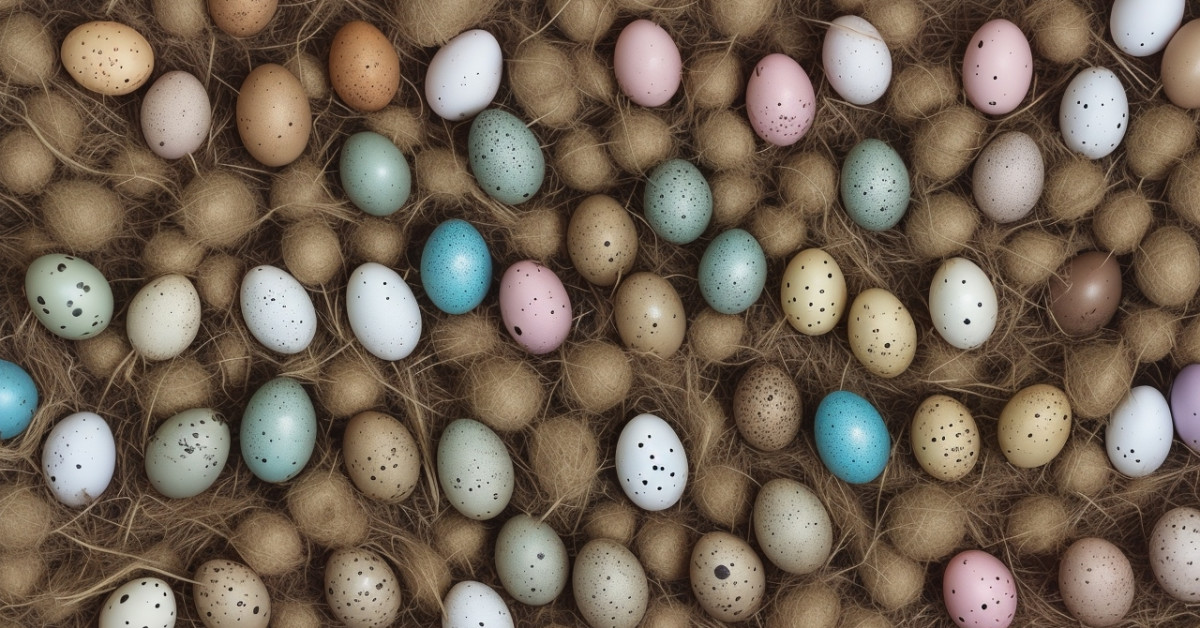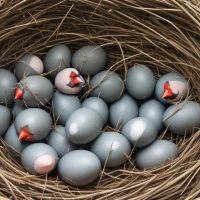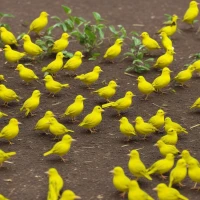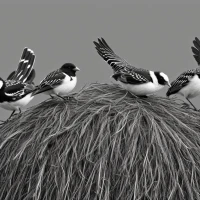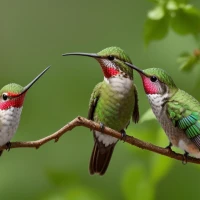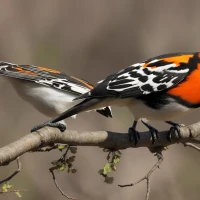Identify Bird Eggs by Color and Size: Ultimate Guide for Birdwatchers and transform your birdwatching experience! Ever stumbled upon a mysterious nest and wondered which feathered friends are responsible? Unlock the secrets of avian life as we delve into the fascinating world of bird eggs, guiding you to pinpoint species with just a glance. This ultimate guide is a must-read for every bird enthusiast aiming to add a new dimension to their outdoor adventures. Don’t miss out; dive in and discover how to become a true bird egg identification expert!
Walter Ferguson
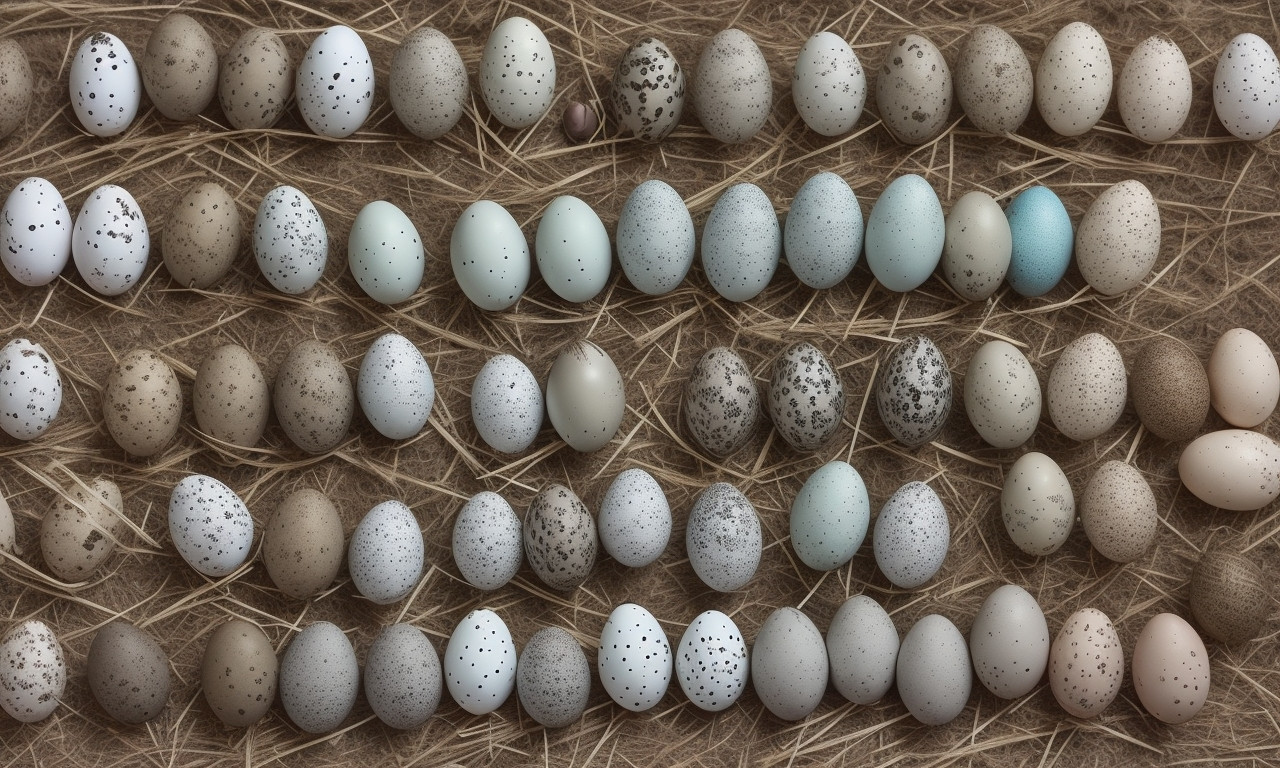
Walter Ferguson’s “Ultimate Guide for Birdwatchers” is an indispensable resource for anyone keen on mastering the art of bird egg identification. By focusing on color and size, this guide allows enthusiasts to sharpen their birdwatching skills significantly. Walter Ferguson meticulously outlines the distinct characteristics of various bird eggs, providing rich, detailed descriptions. For instance, the immaculate white of a dove’s egg contrasts starkly with the speckled blue of a robin’s. Furthermore, the guide delves into nuances, such as egg shape and texture, enriching the user’s understanding. Each section is complemented by vibrant, high-quality images that Walter Ferguson has curated, ensuring readers can vividly visualize each description. This comprehensive reference material spans a multitude of bird species, serving both novice birdwatchers and seasoned ornithologists alike. With Walter Ferguson’s expertise embedded in every page, this guide stands as a testament to his dedication and passion for avian life. Easy to navigate, it supports birdwatchers in the field, making egg identification an engaging, rewarding endeavor. Whether you’re identifying eggs in a local park or a remote woodland, this guide enhances your birdwatching experience, providing invaluable insights into the avian world.
Ruby-Throated Hummingbird Eggs
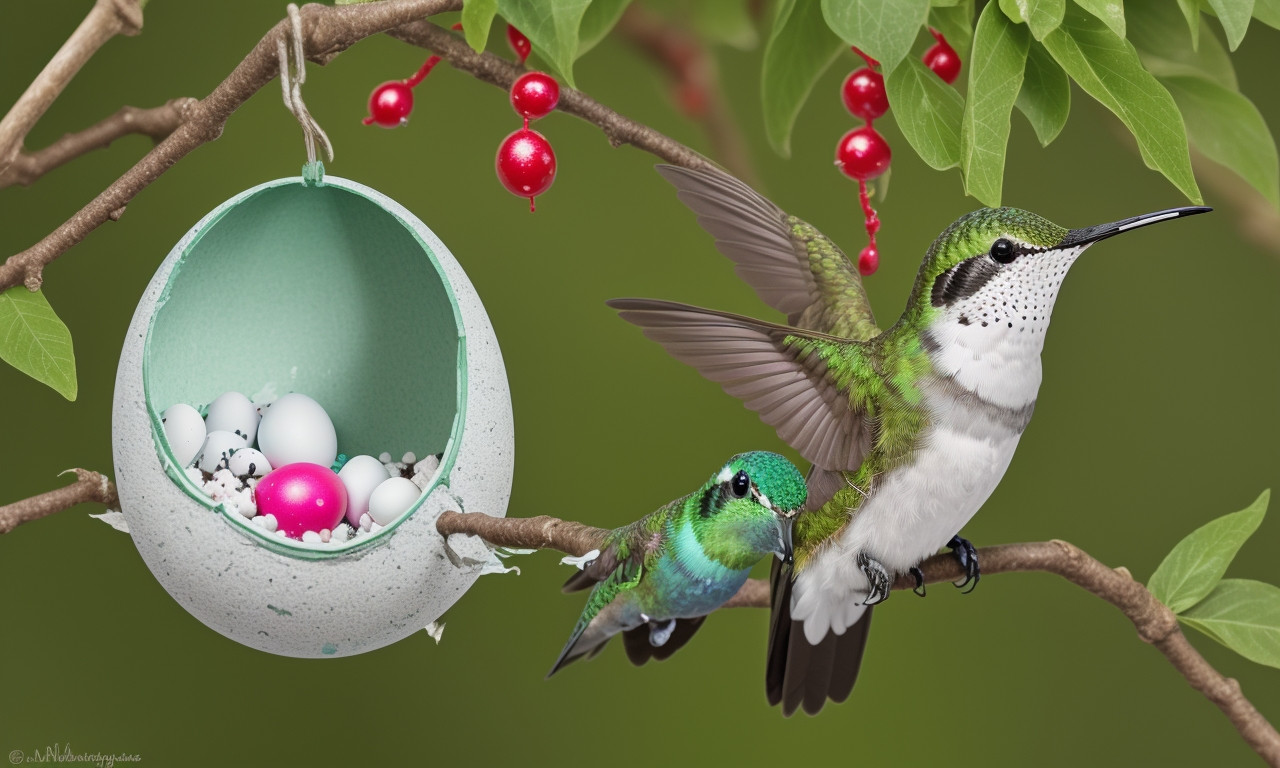
Birdwatching offers a plethora of rewarding experiences, one of which is the fascinating practice of identifying bird eggs by their color and size. Ruby-Throated Hummingbird Eggs are particularly intriguing to enthusiasts due to their unique characteristics. These eggs are tiny, often measuring only about half an inch in length. Their color is generally pure white, making them relatively easy to identify once you’ve located a nest.
Ruby-Throated Hummingbird Eggs are typically found in meticulously crafted nests made from plant down and spider silk, camouflaged with lichens. The small size and the precise construction of the nest are telltale signs that you’ve found a nest of this remarkable species. Because the nests are often strategically hidden in shrubs or trees, spotting them can be quite the challenge, adding an element of excitement to birdwatching.
Learning to identify Ruby-Throated Hummingbird Eggs enhances your overall birdwatching experience. You’ll not only develop a deeper appreciation of these tiny aviators but also gain insight into their breeding habits and the intricate artistry involved in nest building. The detective work involved in finding and identifying these small, white eggs adds a satisfying layer of discovery to the birdwatching adventure.
Walter Ferguson

For birdwatchers eager to hone their skills, identifying bird eggs by color and size is essential. Walter Ferguson, a renowned ornithologist, has created the ultimate guide to aid enthusiasts in this fascinating endeavor. Ferguson’s expertise spans decades, providing a wealth of knowledge on distinguishing characteristics of bird eggs. This guide delves into the intricate details, from petite, speckled eggs to larger, monochrome varieties, helping birdwatchers recognize the subtle differences.
Walter Ferguson’s comprehensive approach not only covers identification but also provides insights into the habitats and nesting behaviors of various bird species. Knowing where and when to look significantly enhances the birdwatching experience. The guide is an indispensable resource, featuring high-quality images and detailed descriptions for easy comparison in the field.
By studying Ferguson’s guide, birdwatchers can develop a deeper appreciation for avian reproduction and ecology. His meticulous documentation transforms a simple hobby into an informed pursuit of knowledge. Whether you’re a novice or an experienced birder, Walter Ferguson’s “Ultimate Guide for Birdwatchers” serves as an invaluable companion for identifying bird eggs, enriching your understanding and love for birds.
American Robin Bird Eggs
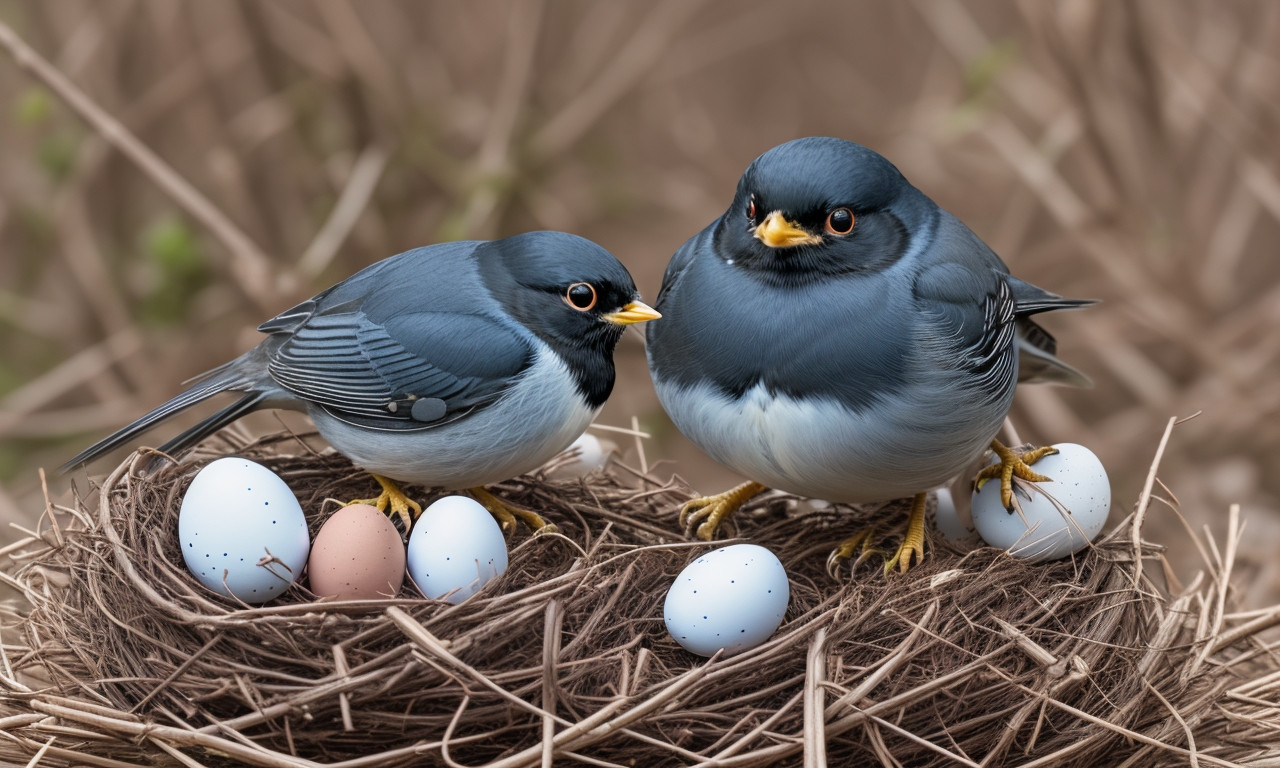
Spotting American Robin bird eggs is a delightful experience for avid birdwatchers. These eggs are notable for their distinct characteristics, making them relatively easy to identify once you know what to look for. The American Robin bird eggs boast a beautiful sky-blue color that stands out vividly against the earthy tones of a bird’s nest. Typically, they measure around 2.8 cm to 3 cm in length and have a smooth, oval shape.
Birdwatchers often find American Robin nests in a variety of settings, from suburban backyards to forested areas, as these birds are adaptable and widespread. Understanding the size and color of these eggs can significantly enhance one’s birdwatching experience, turning it into a more rewarding and educational hobby.
In addition to their size and color, it’s helpful to know that American Robins typically lay between three to five eggs per clutch. Observing these nests must be done with care to avoid disturbing the birds. By recognizing and respecting their natural habitat, birdwatchers can enjoy and contribute to the conservation of these fascinating creatures. This ultimate guide is designed to aid both novice and seasoned birdwatchers in identifying and appreciating American Robin bird eggs, enriching their birdwatching journeys.
H. Jon Janosik
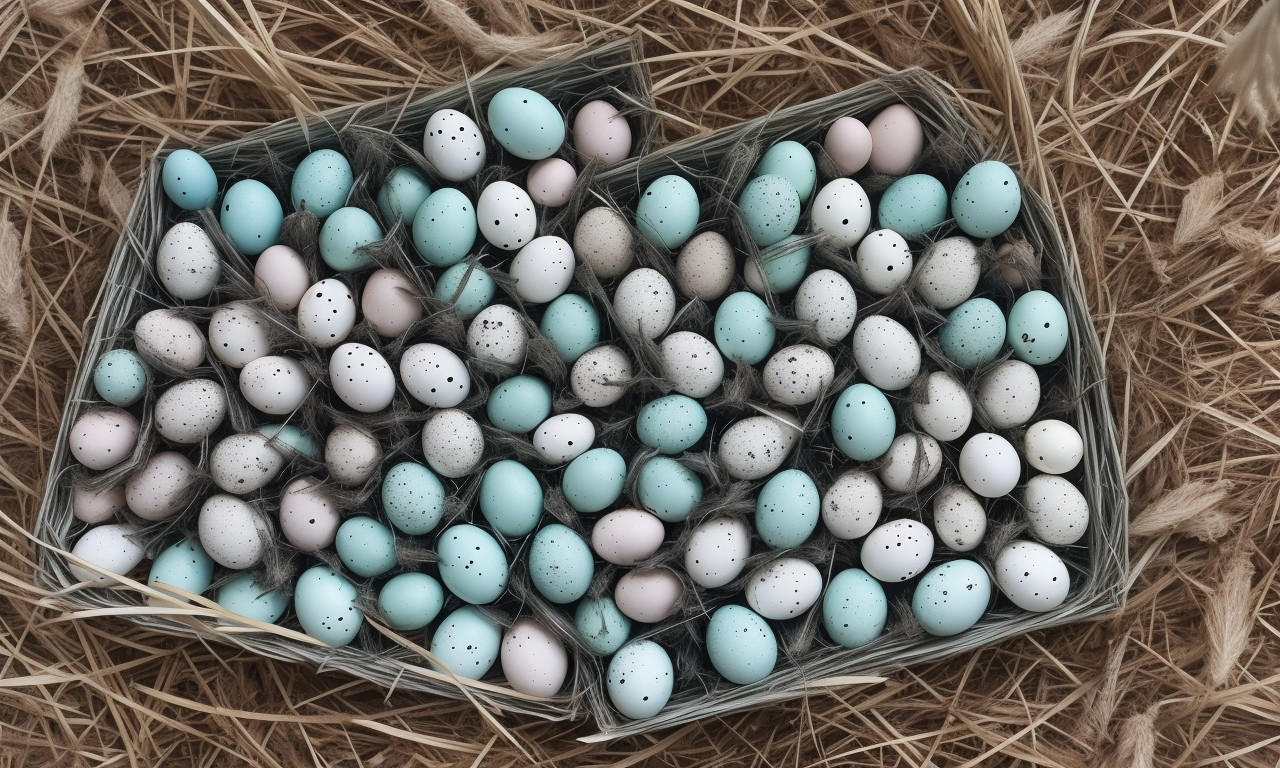
Identifying bird eggs by color and size can be a fascinating challenge for birdwatchers, and H. Jon Janosik’s ultimate guide will elevate your birdwatching experience. Bird eggs exhibit varying hues, from the pristine white of a dove’s egg to the vivid blue of a robin’s. These colors, along with distinct patterns such as specks or blotches, provide crucial identification clues. The size, shape, and texture of the egg also play significant roles. For instance, larger eggs typically belong to larger birds like hawks, whereas smaller, more delicate eggs might belong to species like warblers.
H. Jon Janosik’s expertise shines in this comprehensive guide, helping birdwatchers differentiate between the myriad eggs found in various habitats. By comparing egg characteristics like the faint blue of a starling’s egg to the speckled brown of a cowbird’s, enthusiasts can accurately determine the species. The guide also delves into nesting habits and preferred environments, providing a well-rounded approach to avian identification. Janosik has meticulously cataloged detailed descriptions and vivid illustrations, making it easier than ever to match eggs with their avian origins. This ultimate guide isn’t just a tool—it’s an invitation to explore and appreciate the diverse world of birds more deeply.
Yellow Warbler Eggs

Yellow Warbler Eggs are a fascinating subject for birdwatchers dedicated to identifying bird eggs by color and size. This ultimate guide is designed to enhance your skills in spotting and recognizing these beautiful avian treasures. Yellow Warbler Eggs are typically small, about 16 mm by 13 mm, and are known for their distinctive color. Their pale, creamy white base is often speckled with fine, reddish-brown spots, making them stand out in a clutch. Found primarily in well-hidden cup-shaped nests in shrubs or small trees, these eggs can be elusive yet incredibly rewarding to discover.
When identifying bird eggs, paying close attention to the subtle details like color variations and size dimensions is key. Yellow Warbler Eggs, with their unique coloration patterns, serve as an excellent starting point for new enthusiasts. Utilizing this guide, you can learn how to distinguish these eggs from similar species, enhancing your birdwatching experience. Understanding the specifics of Yellow Warbler Eggs not only aids in egg identification but also deepens your appreciation for these vibrant birds. Enjoy your time in nature, and may this guide help you uncover the wonders of Yellow Warbler Eggs and beyond.
H. Jon Janosik

Birdwatching is an incredibly enriching hobby, and being able to identify bird eggs by color and size adds an extra dimension to this fascinating pursuit. One name that stands out in this field is H. Jon Janosik, a renowned ornithologist whose comprehensive guides have educated and inspired many birdwatchers. With detailed descriptions and colorful illustrations, Janosik’s works have become quintessential references for enthusiasts looking to deepen their understanding of avian life.
Janosik’s “Ultimate Guide for Birdwatchers” is particularly celebrated for its focus on egg identification. The guide meticulously categorizes eggs by hue, size, and even subtle variations in markings, providing a thorough and accessible resource for both amateur and experienced birdwatchers. From the delicate blue of a robin’s egg to the speckled browns of a wren, the guide covers a broad spectrum of species, making it an invaluable tool for anyone eager to learn more about the nesting habits of birds.
H. Jon Janosik’s dedication to ornithology is evident in the quality and depth of his work. His ultimate guide not only helps birdwatchers identify bird eggs with ease but also fosters a greater appreciation for the intricate beauty of avian life.
Blue Jay Eggs
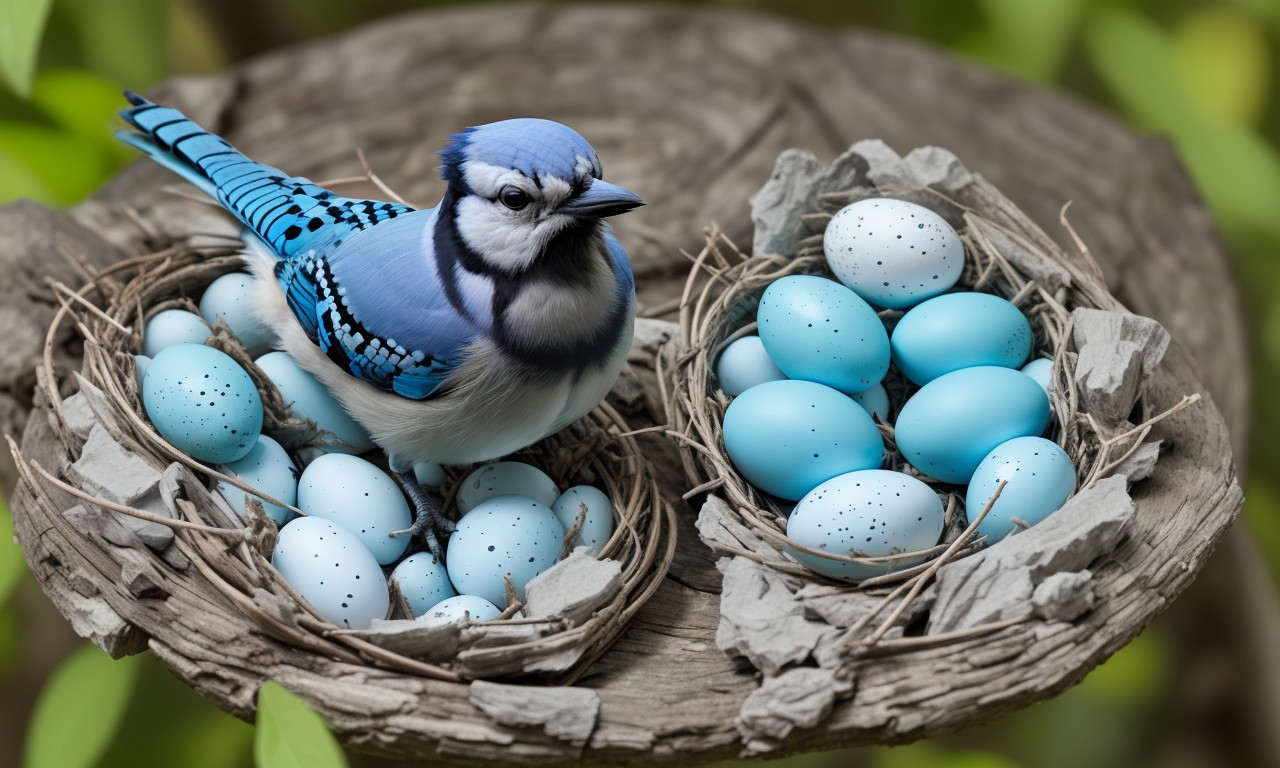
Identifying bird eggs by color and size is an exciting aspect of birdwatching, offering keen enthusiasts a deeper connection with avian life. This ultimate guide focuses specifically on Blue Jay eggs, which can be a joy to discover. Typically, Blue Jay eggs are blue or light gray, sometimes adorned with brownish or grayish spots. Their size ranges from about 0.9 inches to 1.3 inches in length, a distinctive feature that sets them apart from other bird species.
Locating Blue Jay eggs starts with recognizing their preferred nesting habitats, usually deciduous or mixed forests and sometimes even urban gardens. These birds construct their nests in the crooks of tree branches, often up to 20 feet above ground. The nests themselves are sturdy, crafted from twigs, grass, and feathers, providing a protective cradle for their characteristic eggs.
For birdwatchers, understanding the color and size of Blue Jay eggs not only aids in identification but also enriches the birdwatching experience. When you spot these speckled blue or grayish eggs nestled securely in a well-crafted nest, it’s a rewarding confirmation of your identification skills. So, next time you’re in a Blue Jay habitat, keep your eyes peeled for these charming eggs, adding a new layer of excitement to your birdwatching adventures.
Walter Ferguson

Identifying bird eggs by color and size is a fascinating and essential skill for avid birdwatchers. Walter Ferguson, a renowned ornithologist, offers invaluable insights in his Ultimate Guide for Birdwatchers. Bird eggs vary greatly in appearance, and knowing these differences can enhance one’s appreciation and understanding of avian species. Coloration ranges from the pristine white of dove eggs to the speckled, camouflaged shells of wrens. Size is another critical factor; the tiny, pea-sized eggs of hummingbirds contrast sharply with the more substantial eggs of ducks and geese.
Walter Ferguson’s guide breaks down the identification process into manageable steps, beginning with basic color distinctions and moving on to more nuanced observations of patterns. The guide also includes comparative charts and high-quality images that can be referred to in the field. Additionally, Walter Ferguson integrates behavioral insights, such as nesting habits and preferred environments, to provide a more comprehensive understanding of bird egg identification.
For birdwatchers, this guide offers a blend of scientific accuracy and practical advice, making it an indispensable resource. Walter Ferguson’s approach is both educational and engaging, ensuring that bird enthusiasts of all levels can enhance their expertise and deepen their connection to the avian world.
Northern Cardinal Eggs
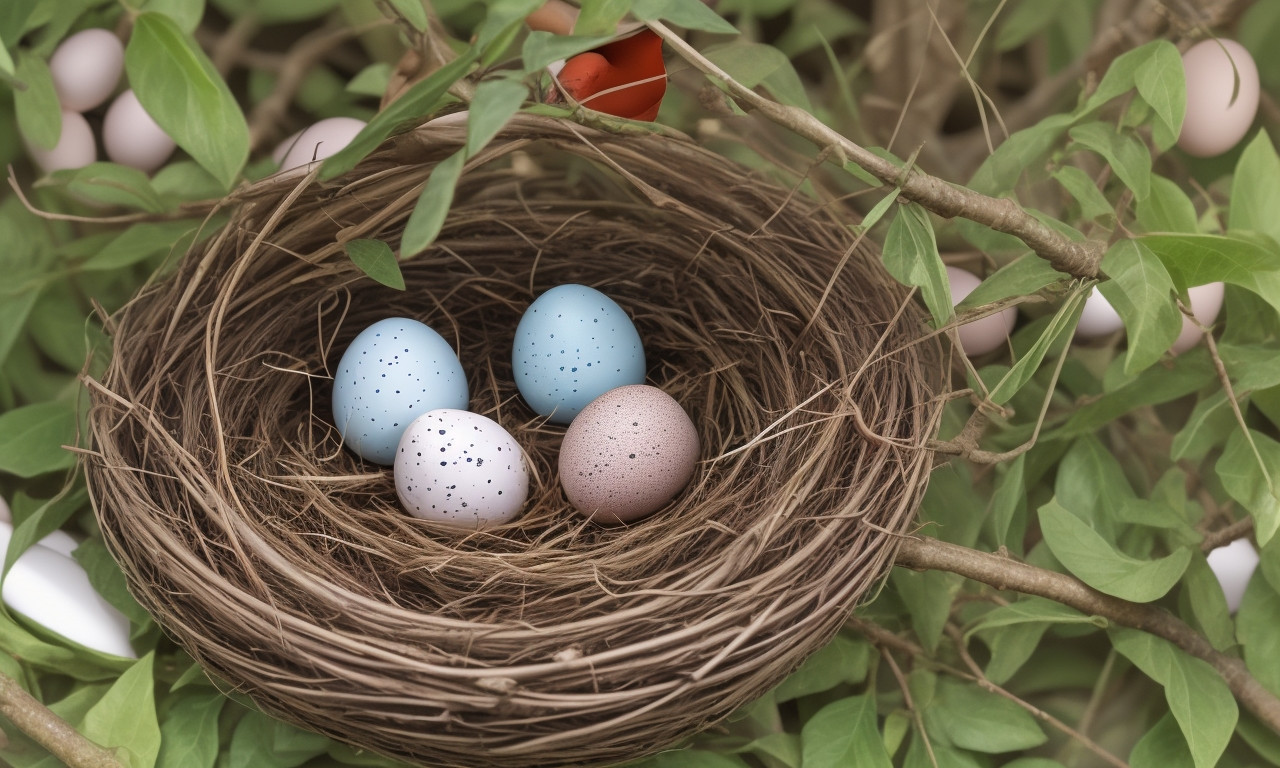
Identifying bird eggs by color and size can be a rewarding aspect of birdwatching, adding a new dimension to the hobby. One sought-after find is Northern Cardinal eggs. Recognizing these eggs, with their distinct characteristics, can enhance your birdwatching experience significantly. Northern Cardinal eggs typically display a smooth, glossy texture and range from a bluish-white to a light grey color. These eggs often have reddish-brown speckles scattered across their shells, providing an additional identifying feature.
The size of Northern Cardinal eggs generally falls between 0.9 to 1.1 inches in length and about 0.7 to 0.8 inches in width. Observing these dimensions can help differentiate them from other bird species’ eggs within the same habitat. Female Northern Cardinals usually lay anywhere from two to five eggs per clutch, often nesting in dense shrubs or low tree branches, so check these areas carefully for potential nests.
Paying close attention to these details will help you accurately identify Northern Cardinal eggs and broaden your understanding of their reproductive habits. As you refine your birdwatching skills, you’ll find that noting the specific characteristics of different bird species’ eggs elevates your engagement with and appreciation for the natural world.
Walter Ferguson

Walter Ferguson, a renowned ornithologist, has meticulously crafted the “Identify Bird Eggs by Color and Size: Ultimate Guide for Birdwatchers,” providing an indispensable resource for enthusiasts. This guide is a treasure trove for birdwatchers eager to enhance their skills in identifying bird eggs. Walter Ferguson delves deeply into the intricate details of egg identification, covering key aspects such as color variations, patterns, and egg sizes. He has cataloged a vast array of species, providing vibrant photographs and detailed descriptions that make distinguishing eggs easier and more accurate.
Walter Ferguson’s expertise shines through as he explains the subtle differences between eggs of similar species, making this guide a must-have for both novice and seasoned birdwatchers. The comprehensive nature of the guide reflects Ferguson’s dedication to ornithology and his passion for education. With clear instructions and helpful tips, readers are equipped to explore the natural world with a more informed perspective.
By following Walter Ferguson’s guide, birdwatchers can embark on a rewarding journey of discovery and conservation, fostering a deeper appreciation for bird life and their habitats. This guide is not only a practical tool but also an invitation to connect with nature on a profound level.
Cedar Waxwing Eggs
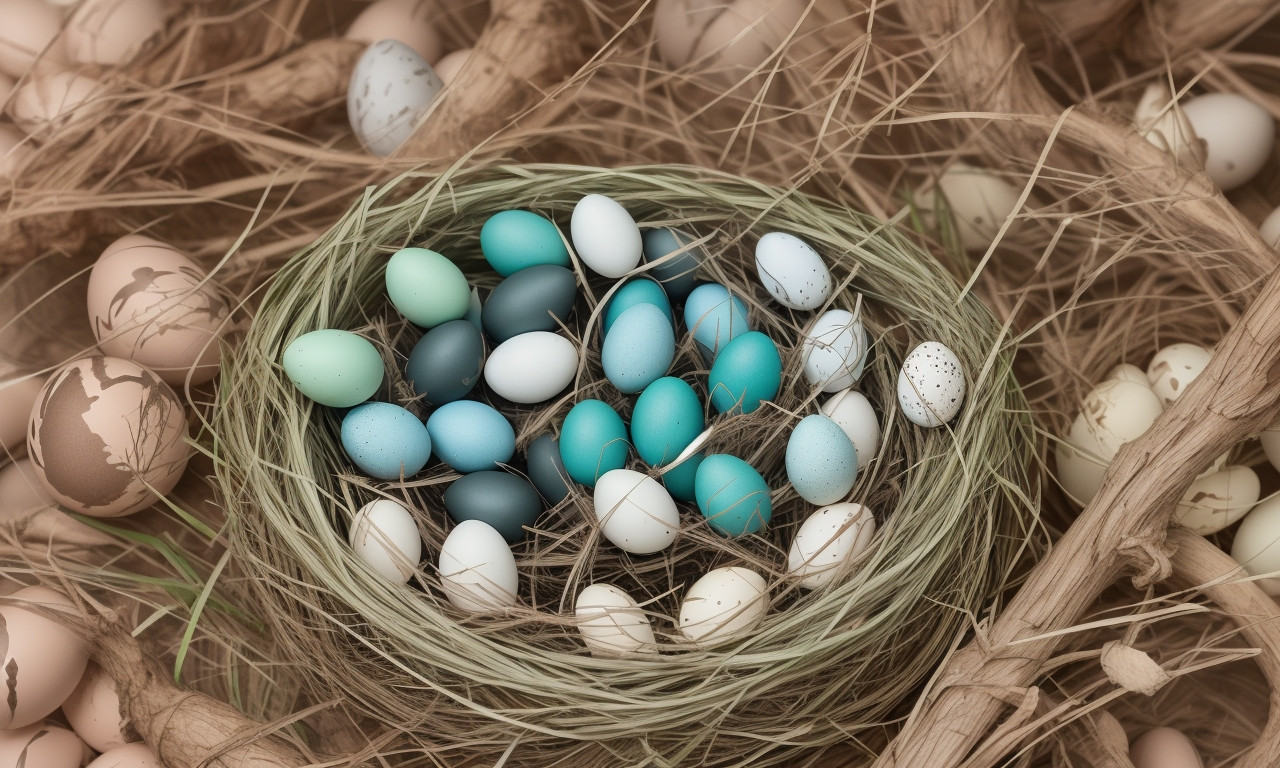
Identifying bird eggs by color and size is a fascinating aspect of birdwatching. Cedar Waxwing eggs are an excellent example to understand this practice deeply. These eggs are typically pale blue or grayish-blue, often adorned with black or brownish spots. They are relatively small, averaging about 0.8 inches in length, which is characteristic of many songbirds.
Observing and identifying Cedar Waxwing eggs can add a significant layer of enjoyment to your birdwatching experience. These birds usually construct their nests in shrubs or trees at varying heights, offering enthusiasts multiple opportunities to spot their beautifully speckled eggs. Being familiar with the color and size of Cedar Waxwing eggs not only enhances your ability to identify them but also helps in understanding their habitat preferences and breeding behavior.
For birdwatchers looking to expand their knowledge, focusing on egg identification is rewarding. Noting the nuances in egg appearance, such as the specific bluish hues and spotting patterns of Cedar Waxwing eggs, allows for accurate identification and contributes to citizen science efforts in tracking bird populations. This detailed observation cultivates a greater appreciation for the diversity and intricacies of avian life, making every birdwatching trip a more enriching experience.
Albert Earl Gilbert
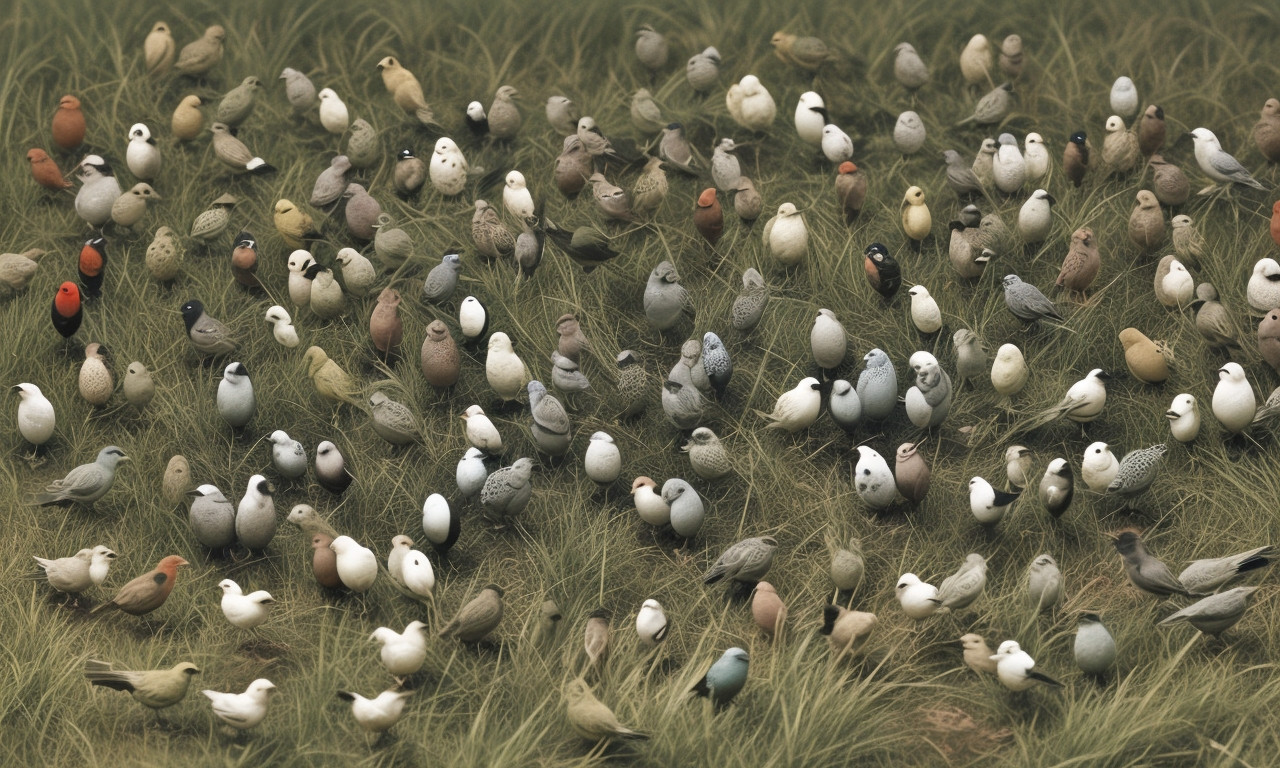
Albert Earl Gilbert has crafted an essential guide for birdwatchers with “Identify Bird Eggs by Color and Size.” This ultimate guide serves as an invaluable tool for both novice and experienced bird enthusiasts. By focusing on distinguishing features such as egg color and size, Albert Earl Gilbert simplifies the complexities of bird egg identification. The guide provides detailed descriptions, high-quality photographs, and comparison charts that make the identification process accessible and enjoyable.
Albert Earl Gilbert’s expertise shines through each page as he breaks down the subtleties between eggs of different species. He explains how factors like habitat and nesting behaviors influence the appearance of bird eggs. This comprehensive resource covers a wide range of species, offering insights into common backyard birds as well as more elusive varieties.
In addition to practical identification advice, Albert Earl Gilbert includes fascinating facts about bird reproduction and development. His passion for ornithology is evident, making this guide both informative and engaging. For birdwatchers eager to expand their knowledge, this meticulously researched book proves to be an unbeatable companion in the field. Whether you’re cataloging your finds or simply appreciating the beauty of nature, “Identify Bird Eggs by Color and Size” by Albert Earl Gilbert stands as the definitive manual for egg identification.
Baltimore Oriole Eggs
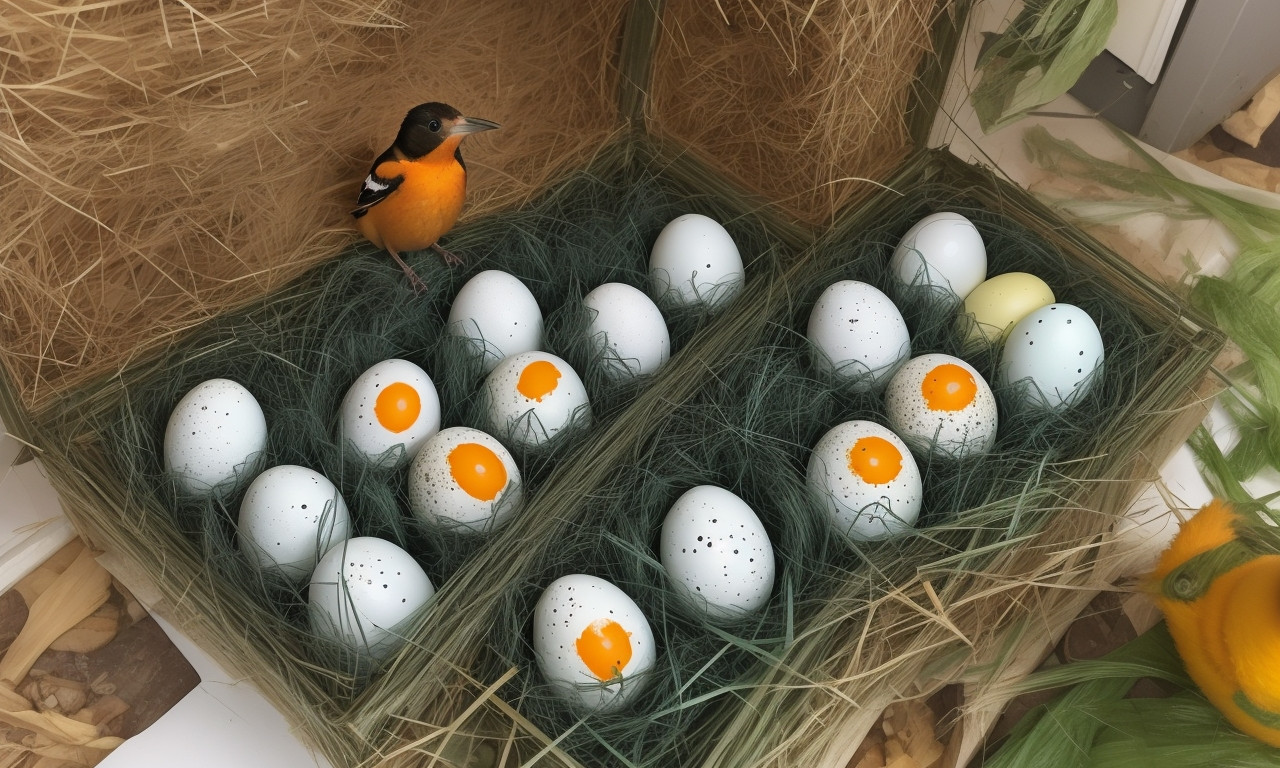
Identifying bird eggs by color and size is a fascinating skill for birdwatchers, and this ultimate guide is here to enrich your experience. Among the diverse bird eggs, Baltimore Oriole eggs stand out with their unique characteristics. Typically, these eggs are pale gray to bluish-white, with striking, dark linear markings and spots, primarily concentrated at the larger end. Measuring approximately 2.0 to 2.2 cm in length and 1.5 to 1.7 cm in width, the size is modest but distinctive enough to be recognized by an observant eye.
In your quest to identify these eggs, it’s crucial to understand their natural nesting environments. Baltimore Orioles usually choose to build their intricately woven nests high in deciduous trees, where their eggs are safely tucked away. This guide will also provide insights into differentiating Baltimore Oriole eggs from other similar species, such as the Orchard Oriole, whose eggs are slightly darker and less marked.
Whether you are a seasoned birdwatcher or a novice, knowing how to identify Baltimore Oriole eggs by color and size will add an exciting dimension to your birdwatching adventures. Equip yourself with this ultimate guide, and happy birdwatching!
Raymond Harris Ching
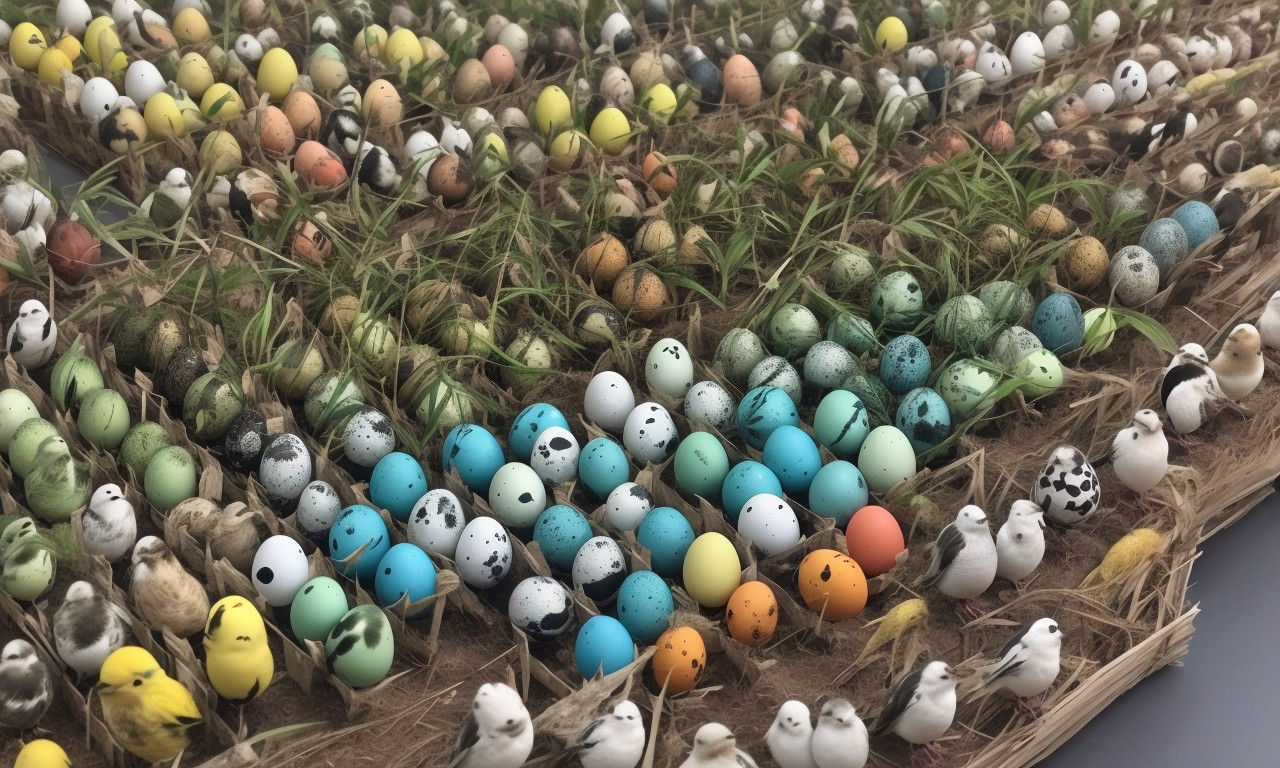
Raymond Harris Ching, renowned for his detailed bird illustrations, has inspired countless bird enthusiasts to identify bird eggs by color and size. Dive into this ultimate guide designed especially for birdwatchers, where we delve into the intricate world of bird eggs. Understanding egg identification involves distinguishing subtle variations in hue, shape, and dimensions, pivotal for correct species recognition. For instance, the pristine white of a dove’s egg contrasts sharply with the speckled, earthy tones of a quail’s. Blue eggs, often associated with robins, vary significantly from the pale greenish-blue hue of the starling’s eggs.
Ching’s influence is visible in each descriptive passage, showcasing how minute details in color patches and size distinctions can be key identifiers. Not just a visual delight, this guide emphasizes the importance of context, noting habitat and nesting patterns alongside eggs’ physical characteristics. This comprehensive approach allows enthusiasts to hone their observational skills, ultimately deepening their appreciation for avian life. Whether you’re a seasoned ornithologist or a budding birdwatcher, the works of Raymond Harris Ching serve as an invaluable reference, providing both aesthetic enjoyment and practical knowledge. Embrace the challenge of egg identification with confidence, supported by the timeless artistry and scientific precision inspired by Ching’s legacy.
Osprey Eggs

Birdwatchers often face the fascinating challenge of identifying bird eggs by their color and size. Among the myriad of avian species, osprey eggs are particularly notable for their distinct characteristics. Ospreys are large, fish-eating birds of prey, and their eggs reflect their unique niche within the bird kingdom. Typically, osprey eggs are cream-colored with dark blotches, providing excellent camouflage in their natural nesting sites. These eggs are generally about 2.4 inches in length and 1.8 inches in width, making them relatively sizable compared to the eggs of smaller bird species.
Understanding these specific traits can significantly enhance a birdwatcher’s ability to accurately identify osprey eggs in the wild. Learning to recognize these unique features not only aids in species identification but also enriches the overall birdwatching experience. Observing osprey eggs gives deeper insight into the reproductive strategies and nesting habits of these majestic raptors. This ultimate guide for birdwatchers emphasizes the importance of keen observation and detailed note-taking to distinguish osprey eggs from those of other bird species. By focusing on the color, size, and even the environment where the eggs are found, birdwatchers can develop a comprehensive understanding of osprey nesting habits, further enhancing their overall appreciation and knowledge of birdwatching.
Chuck Ripper

Birdwatching is a captivating hobby, and identifying bird eggs by color and size can add an enriching dimension to this experience. Chuck Ripper, an acclaimed ornithologist and artist, has made profound contributions to the field with his detailed illustrations and insights. His work serves as a cornerstone for both amateur and seasoned birdwatchers, offering visual guides that enhance the ability to identify bird eggs with precision. These guides delineate the subtle differences in egg coloration, from the soft blues of robin eggs to the speckled browns of sparrows, and the various sizes that can range from tiny hummingbird eggs to the relatively larger goose eggs.
Chuck Ripper’s meticulous attention to detail ensures that each illustration not only captures the aesthetic beauty of the eggs but also their unique characteristics, aiding enthusiasts in distinguishing between closely related species. By following his comprehensive guide, birdwatchers can deepen their appreciation and understanding of avian life cycles, thus promoting conservation efforts. Furthermore, these identification skills can lead to more successful observation and tracking of bird populations in their natural habitats. In essence, Chuck Ripper’s work serves as an invaluable resource for anyone passionate about birdwatching, helping to foster a deeper connection to the avian world through the fascinating study of bird eggs.
Black-Capped Chickadee Eggs
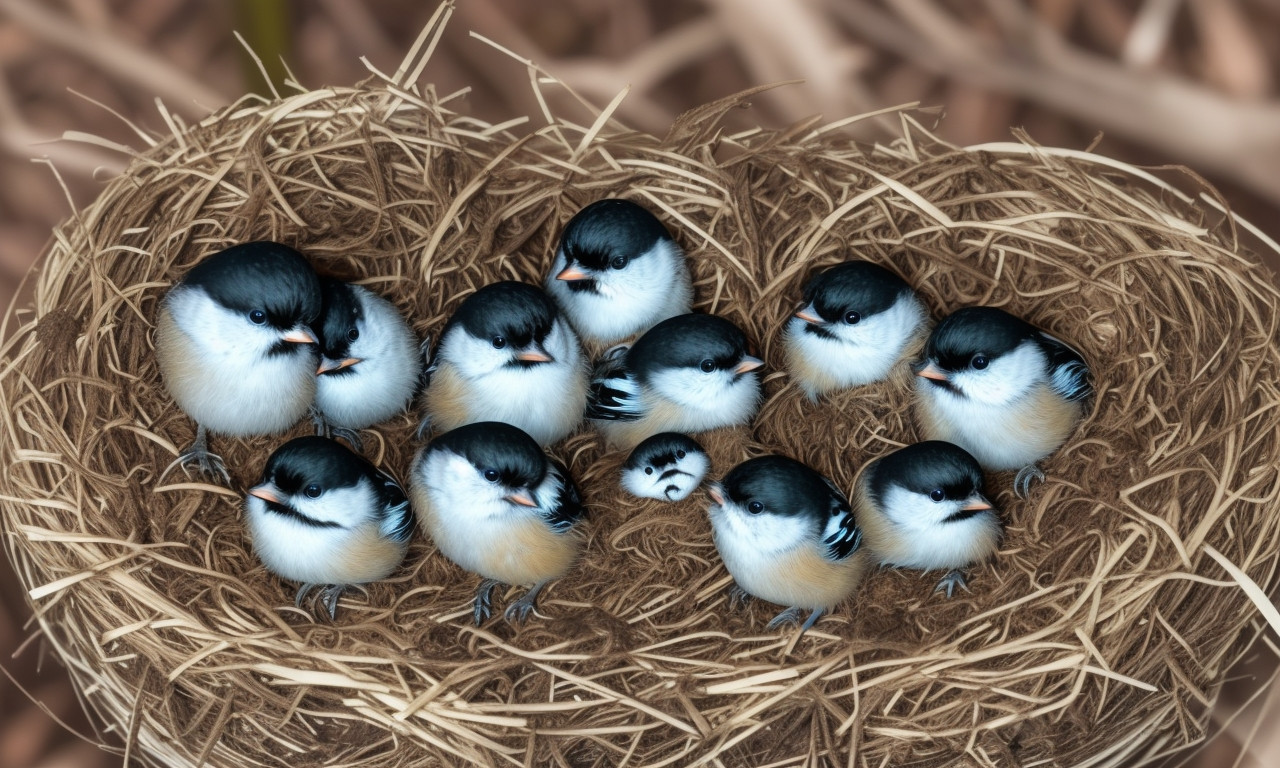
Identifying bird eggs by color and size is a skill that enriches the experience for birdwatchers and enhances their understanding of avian species. One of the most fascinating finds in a birder’s journey is discovering a nest with Black-Capped Chickadee eggs. These remarkable eggs are typically small, measuring about 1.2 to 1.4 centimeters in length, with a subtle yet distinctive appearance.
Black-Capped Chickadee eggs are predominantly white, often adorned with fine reddish-brown speckles that concentrate at the wider end. The speckling varies in intensity, adding a layer of uniqueness to each egg, making identification both an art and a science. Knowing these specifics helps birdwatchers accurately identify the eggs of this delightful bird.
Spotting a nest filled with Black-Capped Chickadee eggs offers insight into their breeding habits and nesting preferences. These birds usually choose tree cavities or birdhouses, weaving a cozy nest from moss and soft materials. Birdwatchers should approach nests with care to avoid disturbing the parents and the fragile eggs.
Mastering the identification of Black-Capped Chickadee eggs enables enthusiasts to contribute to citizen science projects and bird conservation efforts. By sharing their findings with local ornithological groups, birdwatchers support the preservation of these charming creatures and their habitats.
H. Douglas Pratt
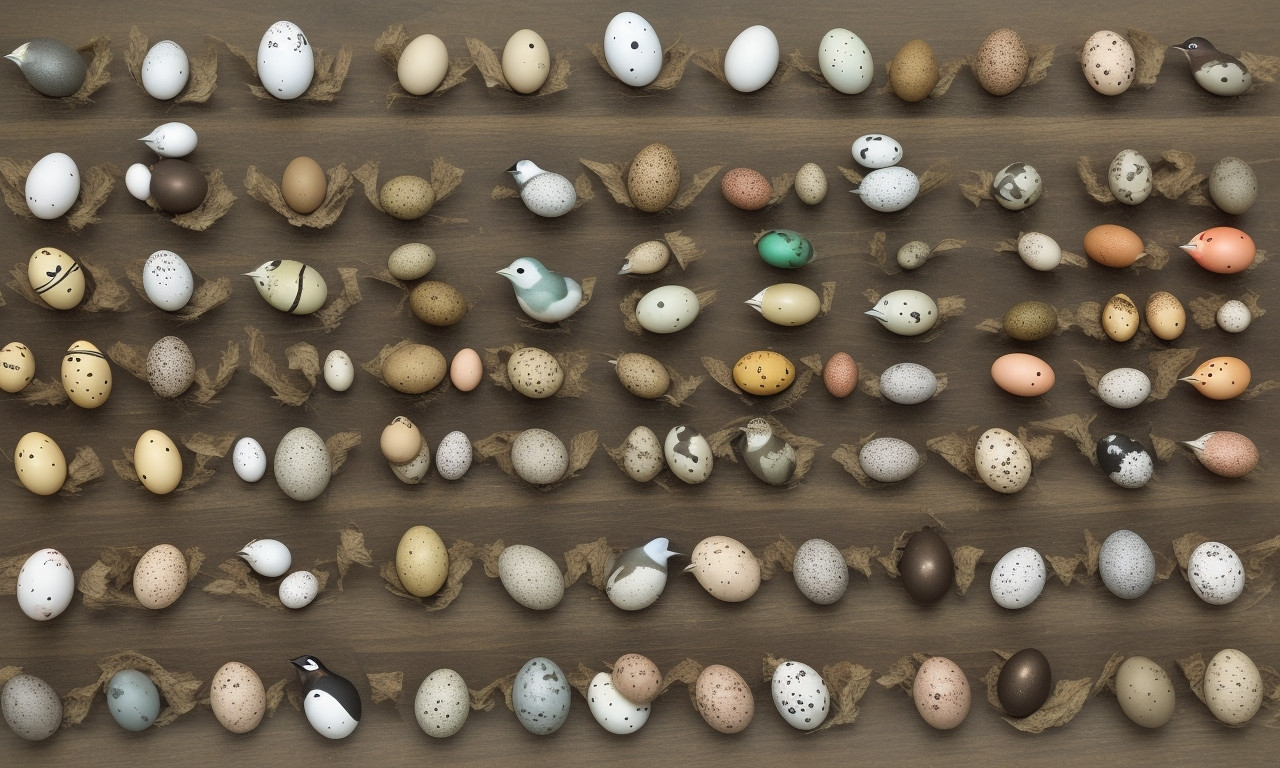
If you’re an avid birdwatcher, Identify Bird Eggs by Color and Size: Ultimate Guide for Birdwatchers is a must-have resource, and H. Douglas Pratt has you covered. As a renowned ornithologist and author, Pratt brings decades of expertise to help enthusiasts distinguish between various bird species through detailed descriptions of their eggs. The guide meticulously categorizes eggs by color, size, and texture, making it easier to pinpoint which bird species you are observing.
This comprehensive guide dives into the world of avian reproduction with rich illustrations and high-quality photographs, ensuring you can identify eggs with confidence. H. Douglas Pratt’s methodical approach means even the subtle differences between similar-looking eggs are explained, enhancing your birdwatching experience. The book covers a wide range of bird species, from the common backyard robin to the more elusive and exotic birds you might encounter in specialized birdwatching locales.
In addition to the identification tips, the guide offers interesting facts about bird nesting behaviors and habitats, as well as advice on when and where to look for eggs. H. Douglas Pratt has curated this guide to be not just informative but also engaging, making it a valuable addition to any birdwatcher’s library.
Sandhill Crane Eggs
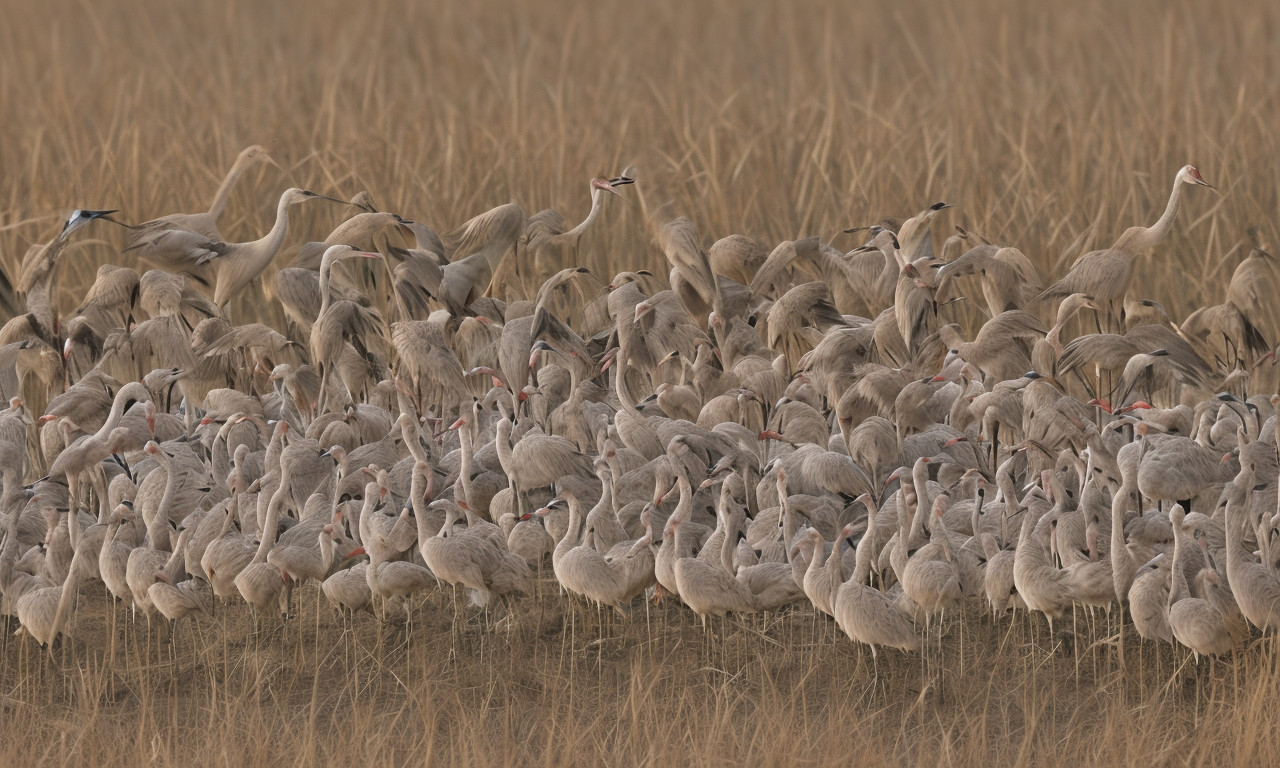
Identifying bird eggs by color and size is a crucial skill for birdwatchers, offering insight into the diverse avian life. Sandhill Crane Eggs are particularly notable within this context. These eggs are larger than many other species’, typically measuring about 3.7 inches in length and 2.3 inches in width. Their color can range from pale brown to an olive hue, often speckled with irregular spots or blotches that help camouflaged nests in wetland environments.
Avid birdwatchers will appreciate that spotting Sandhill Crane Eggs can lead to observing the majestic cranes themselves, as these birds are known to fiercely protect their nests. The eggs are usually laid in shallow, grass-layered depressions, making them sometimes challenging to find without disturbing the natural habitat. Equipped with knowledge about egg size and color, bird enthusiasts can better catalog their observations without causing harm.
Understanding these specific traits not only helps with identification but also enhances the overall birdwatching experience, allowing for a respectful and informed interaction with wildlife. Whether you are a novice or an experienced birdwatcher, recognizing Sandhill Crane Eggs in the wild becomes an exciting adventure, contributing to broader conservation efforts and fostering a deeper appreciation for avian biodiversity.

